Happy Birthday listeners. It’s our 36th year on the air today and we’re celebrating by passing on the pressies to you.
It all started in Easter 1980 and we are delighted to bring you the Garden Clinic each Saturday and Sunday morning. From Brugmansia To the bi-sexual Paw Paw trees, it’s all happening in the Autumn garden with planting conditions perfect. There’s lots to do, so let’s get cracking.
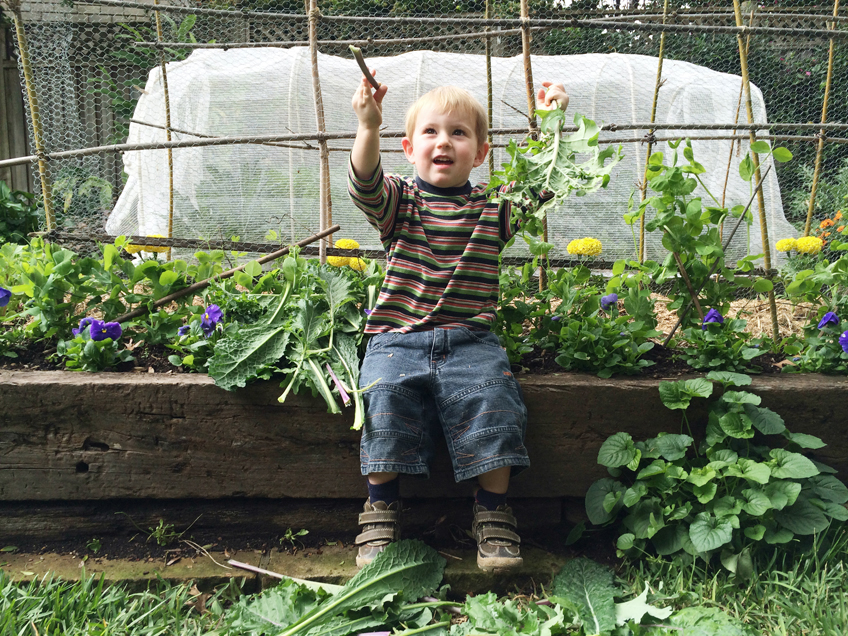
Flinders loves the veggie patch.
It’s time to:
Temperate
Plant new shrubs and trees into soil that has been improved by the addition of compost and organic fertiliser, like Scotts Pure Organic Premium Plant Food.
Water in with Scotts Seaweed Plant Food consentrate solution to reduce planting shock. Make sure plants are well-watered as they become established,
and keep weeds out of the planting area to reduce competition for water and nutrients.
Improve your lawn while the weather is still warm. Plant seed, lay new turf, feed existing lawns with a good lawn fertiliser like Sudden Impact for Lawns.
It’s also a good time to apply lawn weeder as directed to treat lawn weeds. Make sure you are not planting seed or laying turf on compacted ground.
In a small area use a garden fork to aerate the soil, then water in some soil wetter before smoothing the surface for the new lawn.
Why not try a green manure crop, such as rapeseed or fava bean, to improve the fertility of your vegetable beds over winter. Green manure seeds are available
from www.greenharvest.com.au. Cut the crop down when still young and vigorous and dig it all into the
soil. It will break down quickly and add valuable nutrients to the bed.
Cold
Get brassicas and other winter vegetables in the ground early. The bigger they are upon entering winter, the more productive they’ll be.
Scatter some poppy seed about. They need disturbed soil in which to germinate, but require little else. They'll simply fatten up over autumn, then erupt
into bloom in late winter and spring.
Take semi-hardwood cuttings of shrubs that you want to repeat around the garden. Rooting powder will speed up the production of roots, so they’ll be ready
for potting up or planting out by late spring.
When you have an hour
Now is the time to move plants that need a new home as the soil is warm and moist enough to give trees or shrubs a good start in their new position. Choose
a day that is not too hot and sunny, and always prepare the new site before digging out the plant. Trim any damaged roots, and if the move involves
transporting the plant, wrap the root ball carefully for the journey. Place the plant gently into its new position and backfill carefully, always at
the same depth as before. Water it in well with added seaweed solution and soil wetter. Don’t allow the roots to dry out during the settling-in period.
The Bush Garden:
Queensland firewheel tree (Stenocarpus sinuatus) brighten autumn with their wheel-like inflorescence, aflame in reds, yellows and oranges. The
sinuatus of the botanical name refers to the wavy margins of the tree’s leaves. The tree can reach 30m in the bush but is usually no bigger than 9m
in a garden. If you have the space, plant one in a sunny or partly shaded area, in well-drained soil.
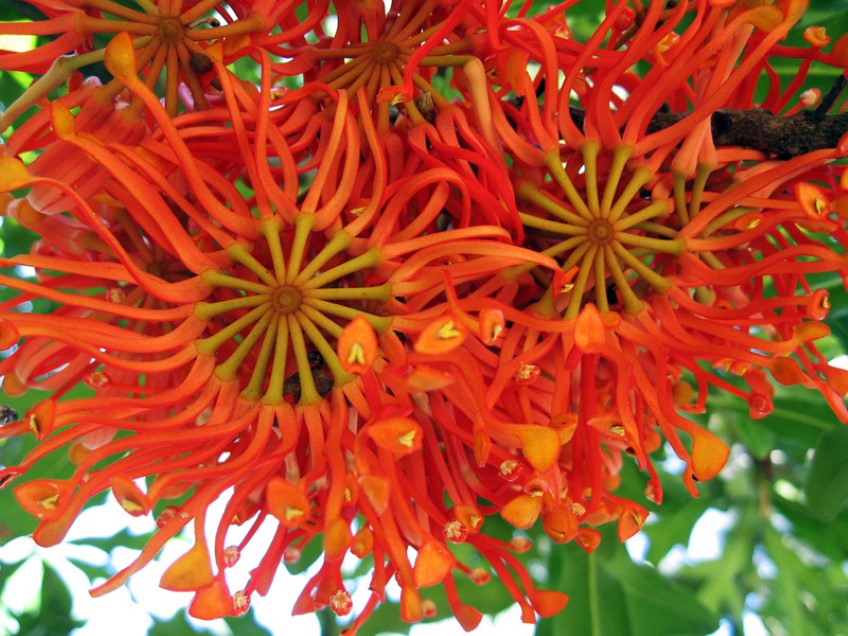
Queensland Firewheel Tree, Stenocarpus sinuatus. Photo - Linda Ross
Bugwatch:
I noticed a little insect in the garden just the other day that I didn’t recognise. When I looked it up I found it was Ladybird Larvae. These, and a few
others like green lacewing, are beneficial insects that feed on aphids, scale and other sap sucking or chewing insects helping to keep their numbers
down.
Check out the 'Backyard Buddies' from OCP. These are a range of beneficial insects, including the green lace wing and ladybird larvae, that you can purchase mail-order and release
into your garden to control pests like scale and aphids naturally. Combine this with a regular spraying of pest oil or eco oil (But not white oil) at the first signs of scale and you can get the upper hand early.
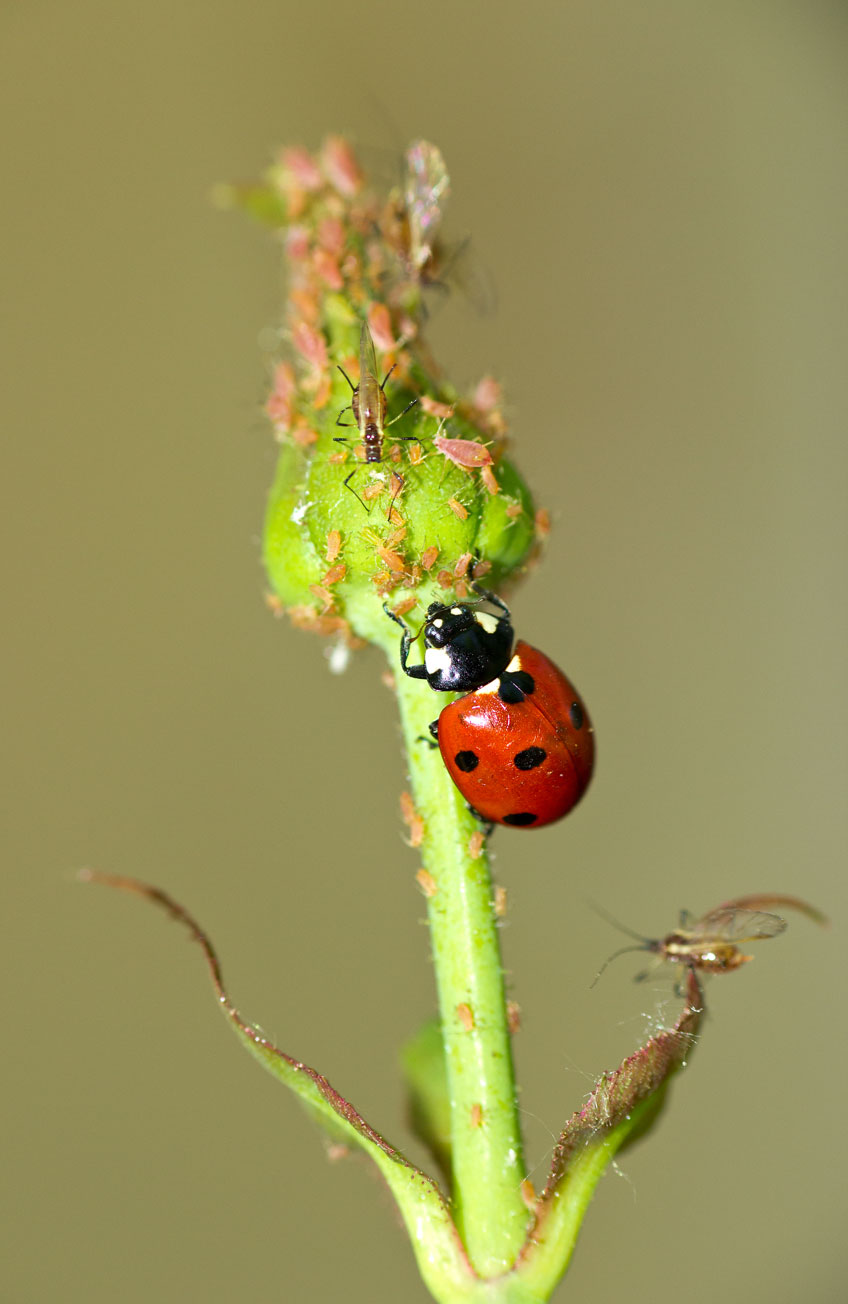
Ladybirds love eating aphids. Photo - Dimijana / Shutterstock.
In the Veggie Patch:
Time to get those winter veggies planted including kale, purple broccoli, and green feast peas. Sow seeds for root crops like carrots, which I think are
better from seed.
Why not choose purple varieties this winter? There are so many different purple veg varieties now available. Why? It’s a return to how many of these veggies
would have been before hybridisation changed their colour to what we see today. Purple veg like carrots will have richer flavour and more nutrient.
So give ‘em a go.
Come away with us:
The Grand Gardens of Europe tour is One grand tour to see
the highlights of a European spring – great flower displays in Holland, France and England including Monet’s Giverny, Keukenhof’s tulips, the Chelsea
Flower Show and so much more. It’s leaving on the 10th of May and only has a few seats left. If you have always wanted to see the best of European
gardens don’t miss this opportunity.
Go to the Ross Tours website, or call Royce or Roslyn at Ross
Tours to reserve your place on 1300 233 200 for more details on the tour.
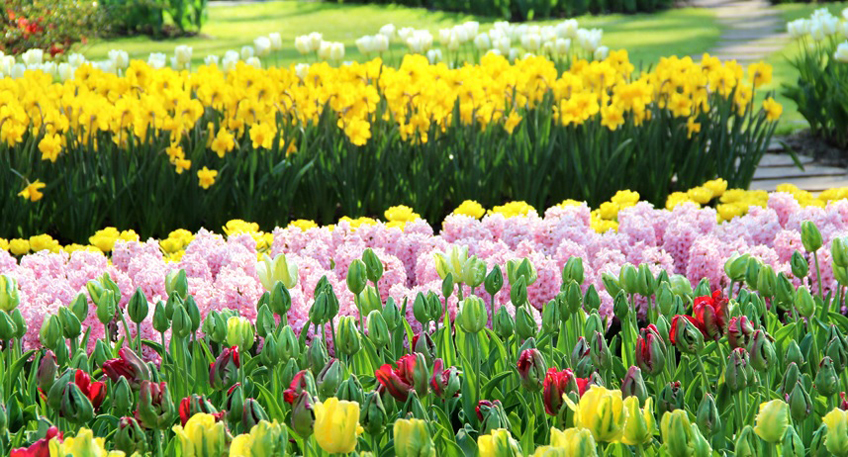
Tulips at Keukenhof. Photo - Shutterstock
Garden News:
Green Flag award for another landmark harbourside park
Pirrama Park has been recognised as one of the world’s best parks after receiving a prestigious Green Flag Award recognising exemplary parks and green
spaces across the globe. The award is the international hallmark of a quality park or green space.
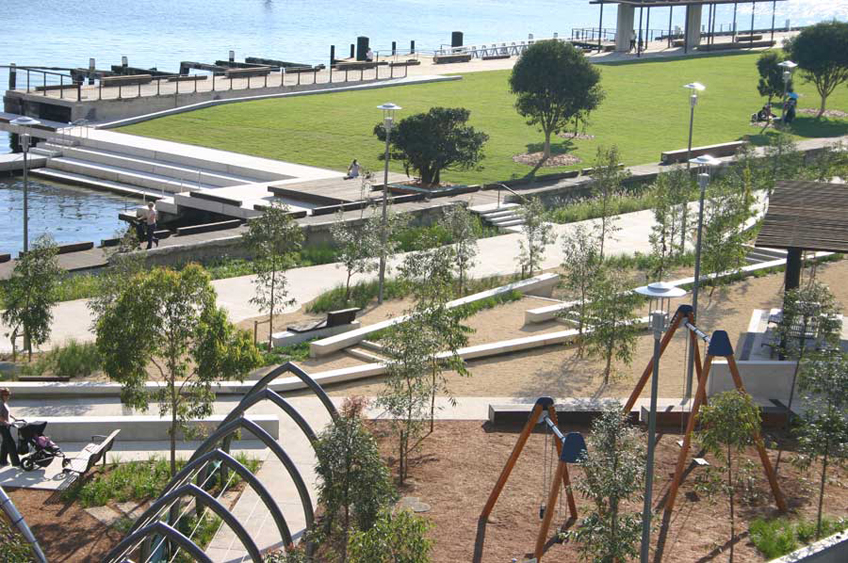
Lord Mayor Clover Mayor said Pirrima Park was the City’s fourth Green Flag Award, following past winners Sydney Park, Redfern Park and Hyde Park. Photo
- Furnass Landscapes
“Pirrama Park is a great spot for kids with play equipment for all ages and abilities including water and adventure play, sandpits and a wheelchair-friendly
spinner. The harbourside views are simply stunning. This award proves what we’ve always known, the park’s facilities and experiences are first class.”
Meaning ‘rocking stone’ in the Gadigal language, Pirrama Park is set in 1.8 hectares of Pyrmont harbourside land. It won an Australian Institute of Landscape
Architects award in 2012 for its design, including sustainable features such as solar panels, rainwater capture and re-use, energy efficient lighting
and timber decking made from recycled materials.
The park’s award winning design, developed by consultants Aspect Sydney, Hill Thalis, CAB Consulting, Connell Wagner and TLB Engineers, also celebrates
Pyrmont’s history.
The naming of the park recognises the First Australians, who called the area Pirrama. The name is recorded in maps and journals of First Fleet naval officers
who documented Sydney Harbour and is one of the few traditional Indigenous names directly attributed to a particular locality in our area
The City’s 400-plus parks cover an area of more than 191 hectares and include 93 playgrounds with equipment for all children of all ages, sports facilities,
green spaces and off-leash areas for dogs.
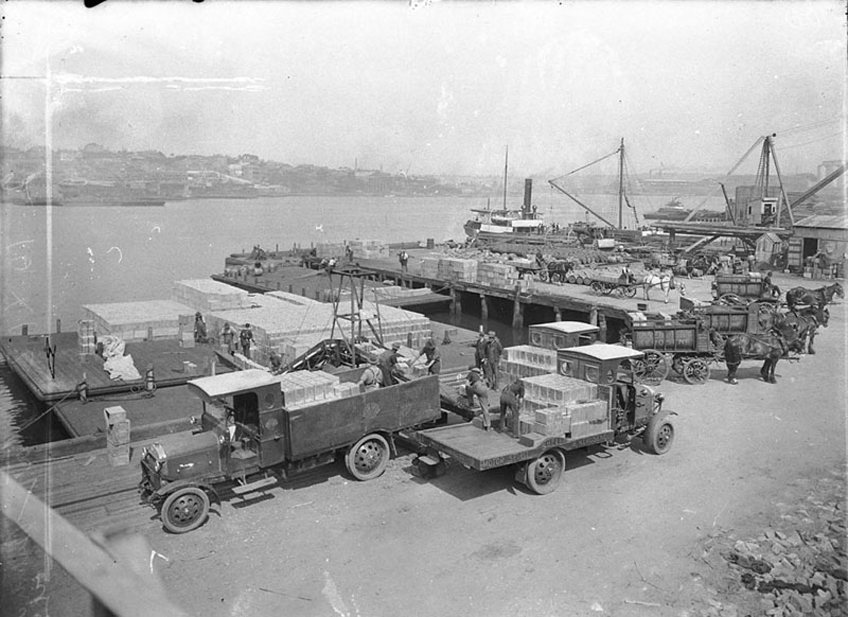
The site of Pirrima park back in 1920. Of course Pyrmont's past was very different indeed. Photo - Jacksonslanding.net.au